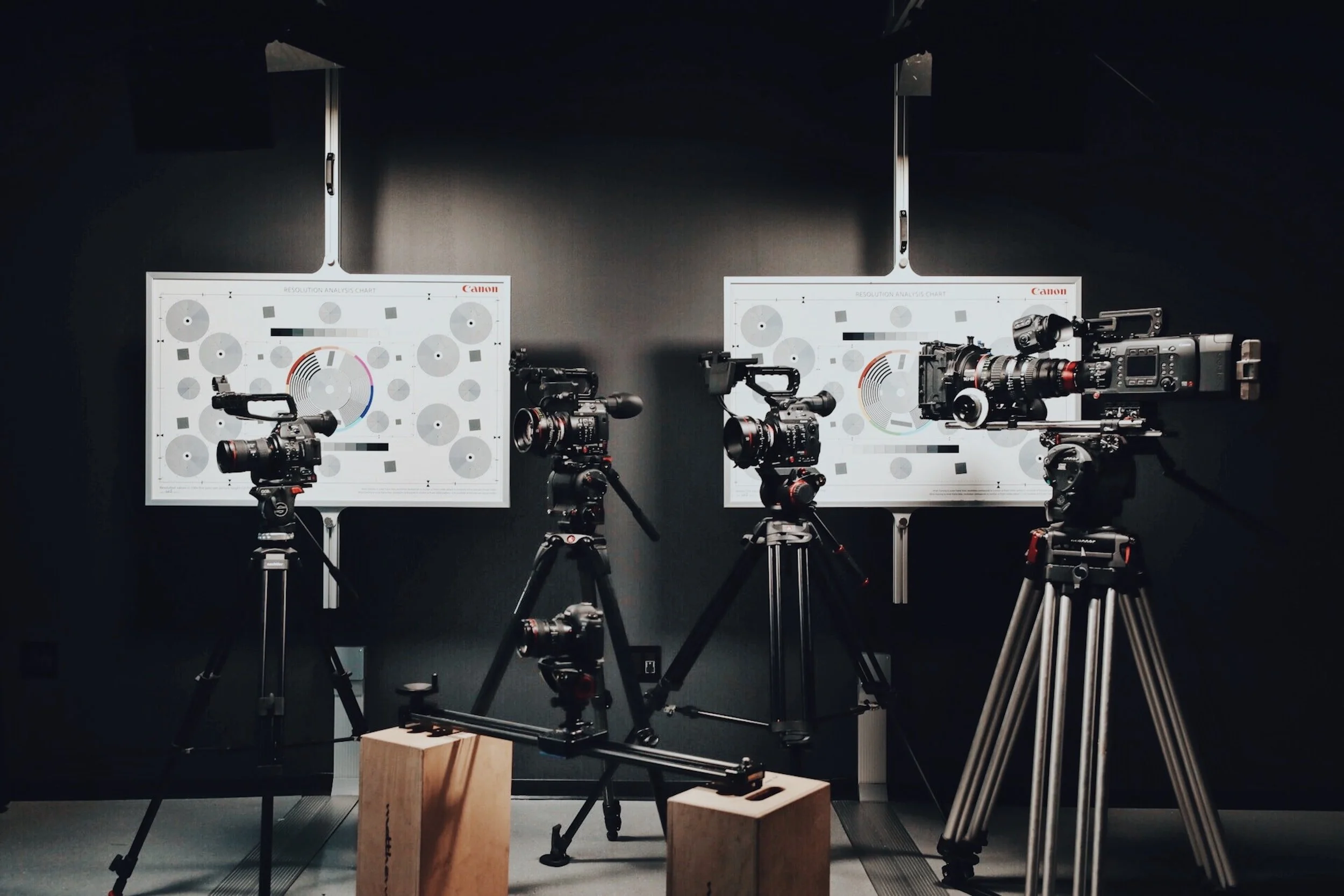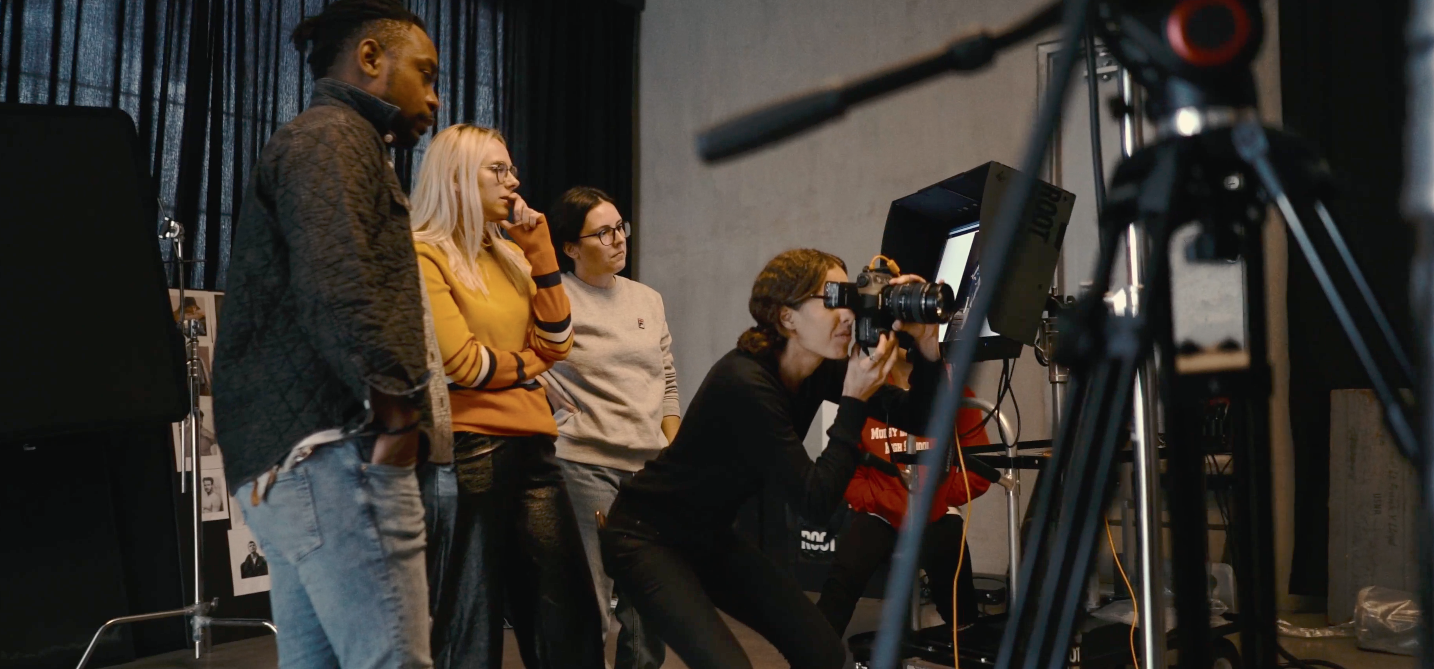How to Storyboard a Video
Have you ever pondered how a fascinating clip was made after watching it? Storyboarding, a technique that entails putting together an artistic representation of the plot prior to it being recorded, is one of the essential components of any kind of video project. Storyboarding allows you to plan and organize the shots, transitions, and pacing of your video to ensure that it effectively communicates your message.
We'll walk you sequentially throughout the steps of storyboarding a video in this thorough manual. We'll cover everything from understanding the purpose of storyboarding to creating sketches, arranging the shots, and adding notes to your storyboard. We'll also give you some pointers on how to develop an engaging and successful storyboard for your upcoming video production.
Regardless if you're a novice or an experienced video creator, this blog will give you the expertise and skills necessary to storyboard your way to the realization of your film's concepts So, let's get started!
What is a storyboard?
A storyboard is a visual representation of a story or script that outlines each shot or scene in a video. It functions as a manual for the full production cycle, from initial production through final editing.
Storyboards can take many different forms, including sketches, drawings, or computer-generated images. The main visual elements of the tale, including as viewpoints, illumination, and actor placement, are often represented by an array of frames or strips.
A storyboard is primarily used to aid the video creation crew in visualizing the plot and scheduling the actions required to put it to reality. It provides a clear roadmap for the entire production process, allowing everyone involved to understand the vision of the video and work towards a common goal. Additionally, storyboards can help identify potential issues and streamline the production process by allowing for revisions and adjustments to be made before filming begins.
3 Types of Storyboards
There are three main categories of storyboards utilized during the creation of videos, each with certain advantages and features. Selecting the right strategy for making a video might be made easier if you are aware of the distinctions among these categories.
Let's examine every kind in more detail as follows:
Traditional Storyboard
A traditional storyboard is a series of hand-drawn or printed panels that depict each shot or scene of the video. Along with verbal explanations of the action, speech, motion of the camera, and other audible and visual components, every section features an illustration of the scene. Traditional storyboards are a classic approach that many filmmakers and animators still use today.
Thumbnail Storyboard
Thumbnail storyboards, also known as thumbnail sketches, are a more simplified version of the traditional storyboard. They are quick, rough sketches of the key moments and visual elements of the video. These sketches are often smaller in size, hence the name "thumbnail," and can be created more rapidly than traditional storyboards. Thumbnail storyboards are great for roughing out ideas and exploring different visual possibilities before committing to a full storyboard.
Digital Storyboard
Digital storyboards are created using specialized software or apps. They allow video producers to create and edit storyboards on a computer or tablet, providing a more efficient and streamlined process. The shooting crew may simply share digital narrative boards with one other and they can incorporate both visual and auditory components. They are often used in animation and other types of video production that require a more detailed and polished look.
What is the importance of storyboarding in video making?
Storyboards are a critical component of the video production process, as they provide a visual roadmap for the entire production team. Here are some of the key benefits of storyboarding:
Helps to visualize the final product: Storyboards allow the video production team to see the entire video in their minds before filming even begins. This enables people to picture the finished product while working for a distinct understanding of their goals.
Saves time and resources: Storyboarding allows the production team to identify potential problems or issues before filming begins, which can save time and resources during production. Storyboards can also help to ensure that the production stays on schedule and within budget.
Gives the production crew an organized strategy: Storyboards give every member of the production team, including the filmmaker, cameraman, the lighting, and audio professionals, an overview of the project. This ensures that everyone is working towards the same vision and that the final product is cohesive.
Helps to refine the story: Storyboarding can help to refine the story by allowing the production team to experiment with different shots and angles before committing to a final version. This can lead to a more polished and refined final product.
How to create a storyboard for a video?
Making a storyboard is a crucial step in the making of a film since it aids in plotting out the visual components of the narrative and gives the cast and crew a clear path to follow.
Here are some steps to follow when creating a storyboard for a video:
Start with a clear message
The first stage in designing a storyboard is to decide what the main point or narrative of the film will be. What is it that you hope to convey to the audience? What feelings do you hope to arouse? Once you have a clear message in mind, you can start creating your storyboard.
Write a script
Write a script after you have decided on how to express yourself clearly. The words and movements should always be included in your script as doing so can assist you design your storyboard more precisely. This script should include all of the key elements of the story, including dialogue, action, and any necessary visual or audio cues.
Break your script down into scenes
It's crucial to divide the story into parts once you've finished writing it. Every episode must meaningfully progress the plot and have an identifiable start, middle, and end. A great tip is to use simple stick figures or icons when creating your storyboard, as this will help you to keep the visuals organized.
Sketch your storyboard
With your scenes defined, you can start sketching out your storyboard. This can be done by hand or using digital tools. Each panel should depict a key moment in the scene and should include visual details such as camera angles, lighting, and character positioning.
Add captions and descriptions
To provide additional context for the visual elements of your storyboard, it's important to add captions and descriptions to each panel. This can include notes on the dialogue, sound effects, and any other visual or audio cues. Some storyboard software also allows you to add annotations and descriptions within the panels.
Organize your storyboard
Once you have created all of the panels for your storyboard, it's important to organize them in a logical order. This can help to ensure that the story flows smoothly and that the visual elements support the message of the video. Keeping an organized storyboard will also make it easier to make changes or adjustments as needed.
Refine your storyboard
After organizing your storyboard, take some time to review it and make any necessary revisions. This can include adjusting the pacing of the scenes, refining the dialogue, or changing the visual elements of curtain panels. There are also software tools that can help to simplify the storyboarding process and make it easier to make changes.
Consider music and sound effects
As you refine your storyboard, it's important to consider the role that music and sound effects will play in the final product. This can help to create a more immersive and engaging experience for the viewer.
Get feedback
Before finalizing your storyboard, it's a good idea to get feedback from other members of the production team or outside sources. This can help to identify any potential issues or areas for improvement.
Finalize your storyboard
After incorporating any necessary feedback, it's time to finalize your storyboard. This can include creating a digital version of the storyboard, adding additional details or visual elements, or making any final adjustments. Once your storyboard is finalized, you'll be ready to move on to the production phase of the video.
Tips for effective video storyboarding
Storyboarding is an essential step in the video production process, and doing it effectively can help to ensure that the final product is engaging and impactful.
Here are some tips for creating an effective storyboard:
Keep it simple and clear
The key to a successful storyboard is simplicity and clarity. Avoid overcomplicating the visuals or story, as this can lead to confusion for both the production team and the viewer. Instead, focus on communicating the key message or story in a clear and concise way.
Use visuals to tell the story
A picture is worth a thousand words, and this is particularly true in video production. Use visual elements such as lighting, camera angles, and character positioning to help tell the story and convey emotions or ideas. Remember, the visuals should work in tandem with the script to create a cohesive and engaging story.
Ensure that the storyboard aligns with the script
The storyboard should be a visual representation of the script, with each panel accurately depicting the action and dialogue. It's important to ensure that the two align, as this will help to create a smooth and cohesive final product.
Consider the pacing and transitions between shots
The pacing and transitions between shots can have a significant impact on the overall feel and impact of the video. Be mindful of the timing and flow of each scene, and ensure that there are smooth transitions between each panel. Consider the use of camera movement, music, and sound effects to help create a seamless and engaging viewing experience.
What tools can you use to create a storyboard?
There are a variety of tools and software available to create storyboards. Some of the most popular options include:
Pen and paper: For a low-tech option, pen and paper can be an effective way to quickly sketch out your ideas and create a rough storyboard. This is a simple and accessible option that requires minimal equipment.
Storyboard software: There are many digital storyboard software options available, including Boords, Storyboarder, and StudioBinder. These programs allow you to create and edit storyboards digitally, and often offer additional features such as collaboration tools and pre-built templates.
Video editing software: Some video editing software, such as Adobe Premiere Pro, also offer the option to create storyboards within the program. This can be a useful option if you're already using the software for video editing, as it allows you to seamlessly integrate the storyboard into your workflow.
When choosing a tool to create your storyboard, consider your budget, level of experience, and the specific needs of your project. With the right tools and a clear vision, you can create an effective and engaging storyboard for your video production.
Start Creating Compelling and Creative Storyboards!
To conclude, storyboarding is an essential step in the video production process, and getting it right can make or break your final product. Keep these tips in mind when creating your storyboard, and don’t forget to use the right tools for the job. With a bit of practice, you can create compelling storyboards in one go!
If you need help in coming up with your storyboard outlines, STLL Studios is the best full-service visual storytelling company based in Austin, TX. Our team of professional storyboarders and video editors can help you flesh out the concept of your project, build brilliant visuals, and craft an effective storyboard. Contact us for more information on how we can help you!


